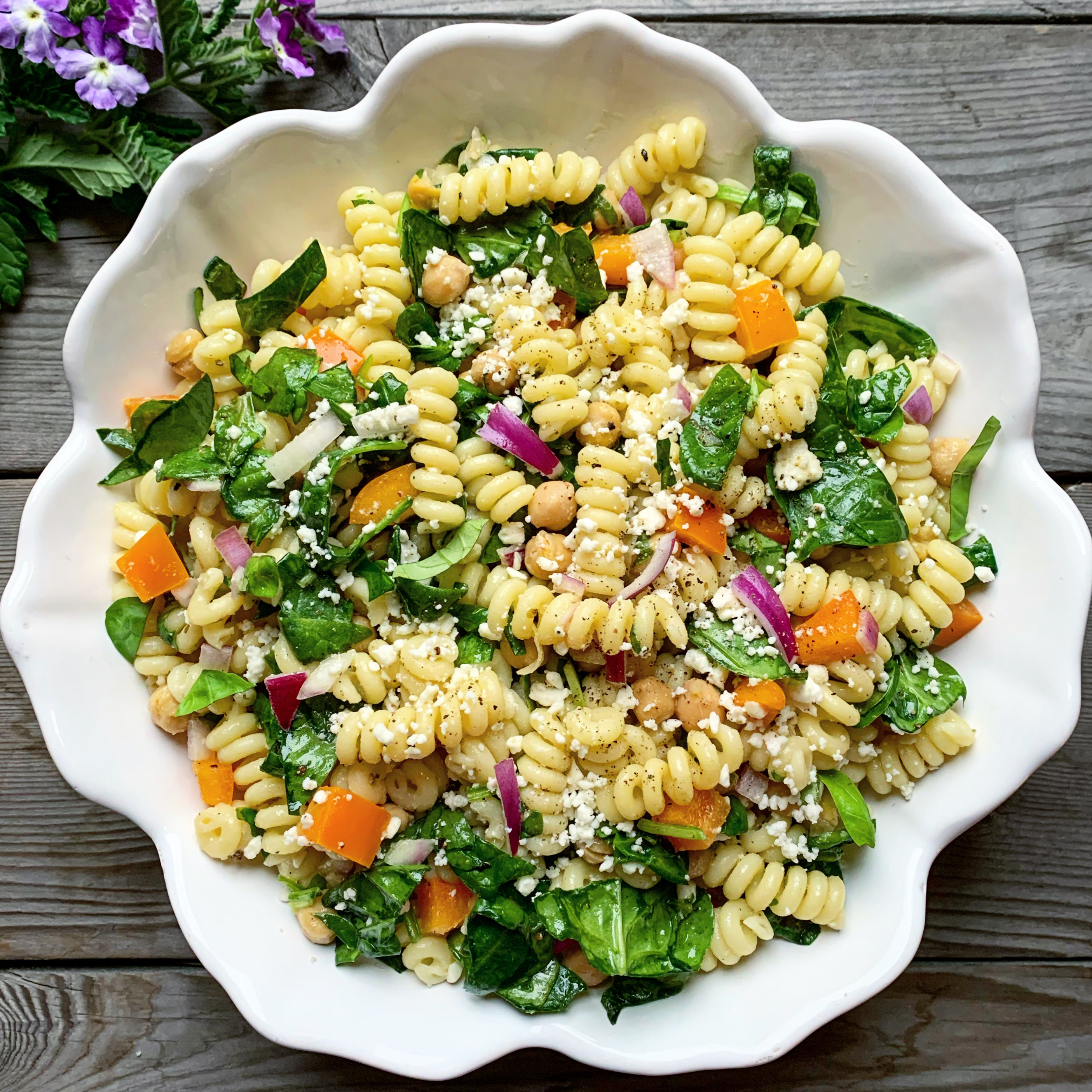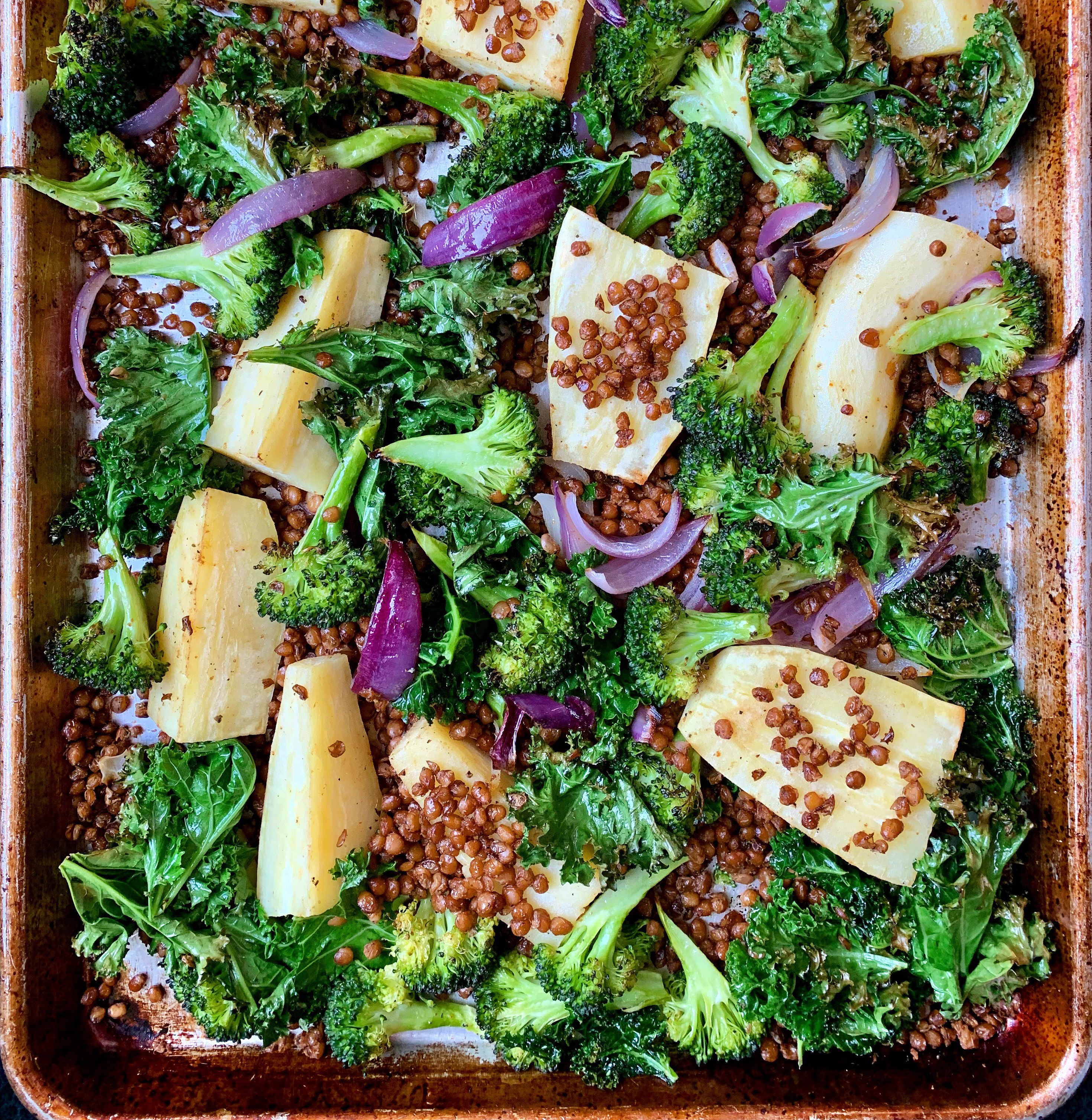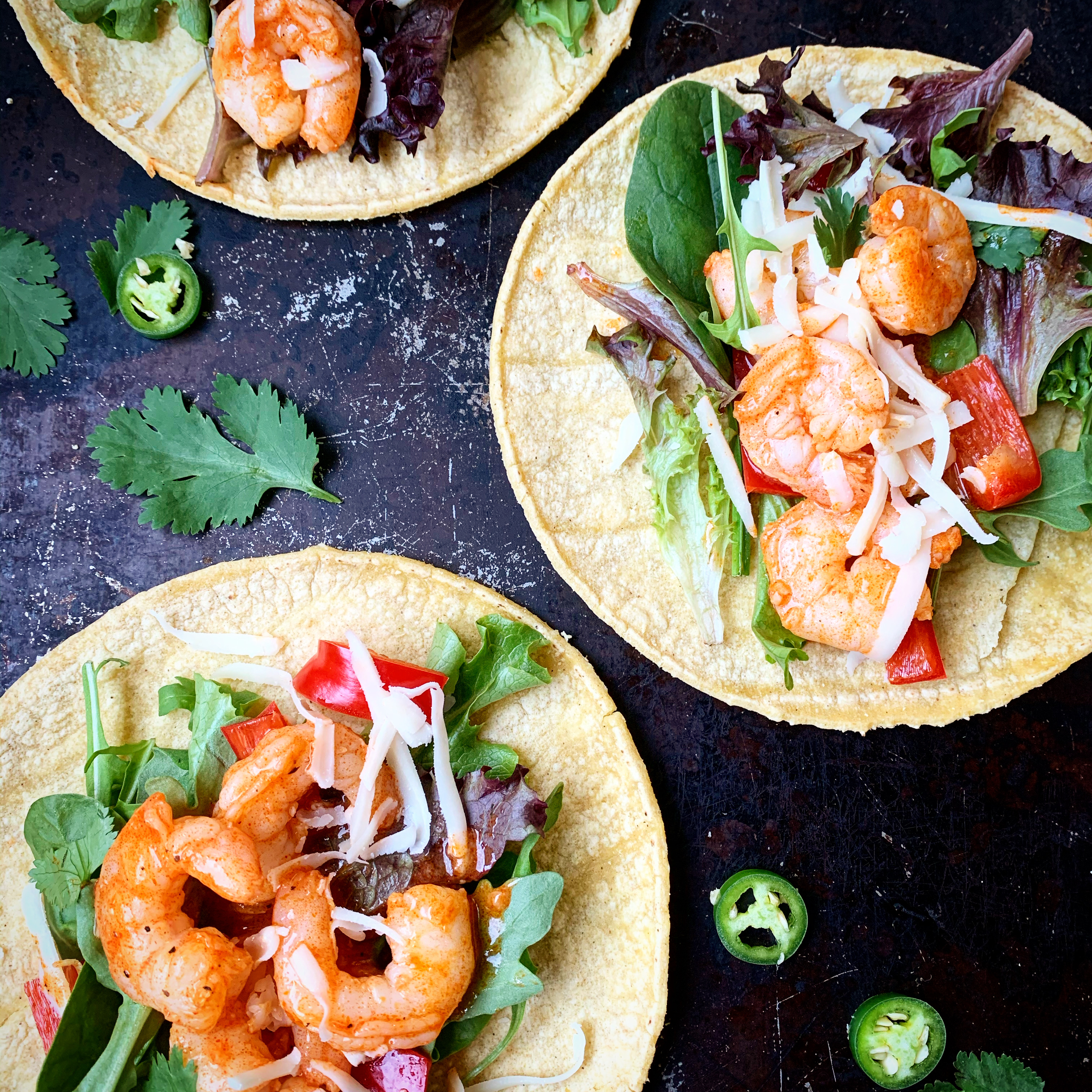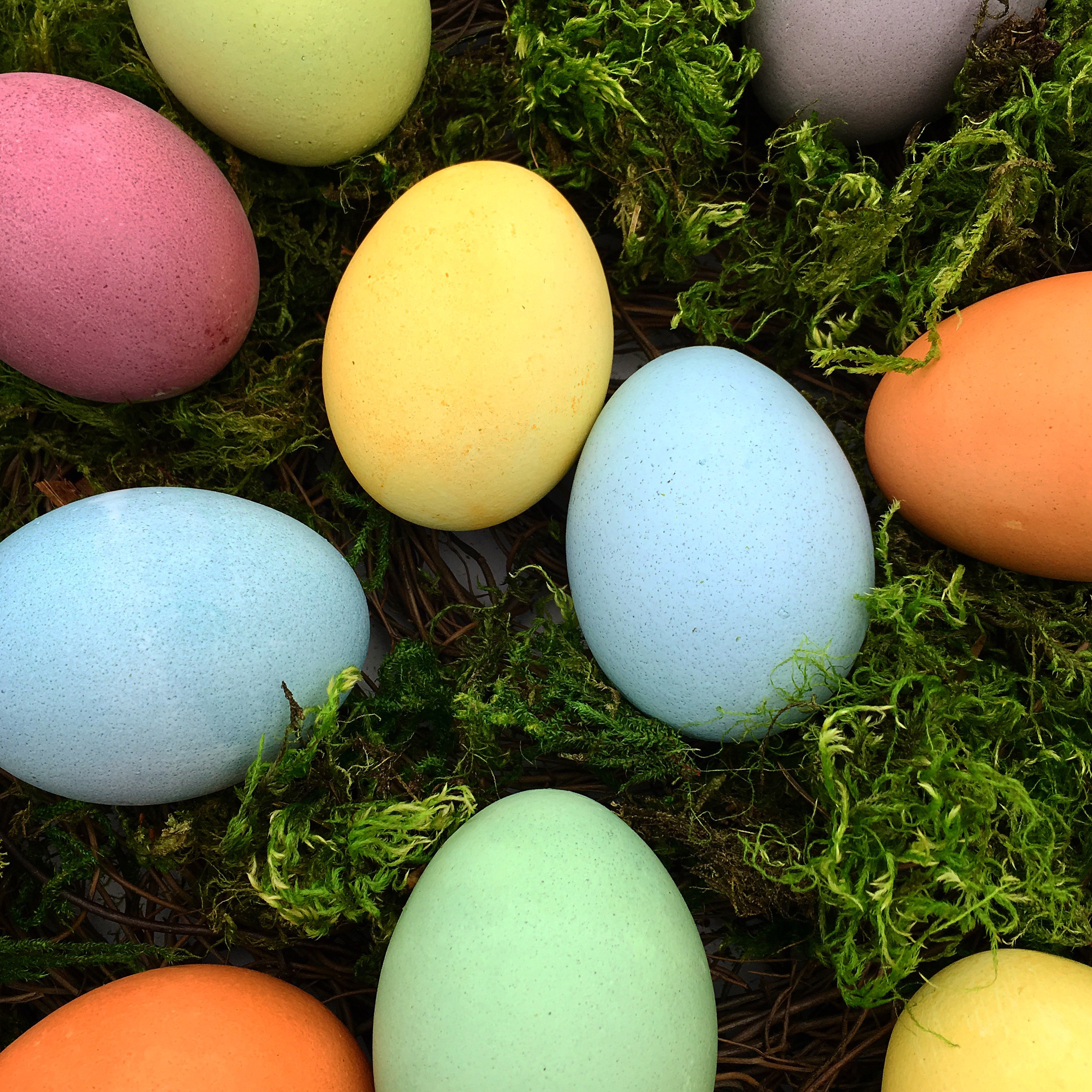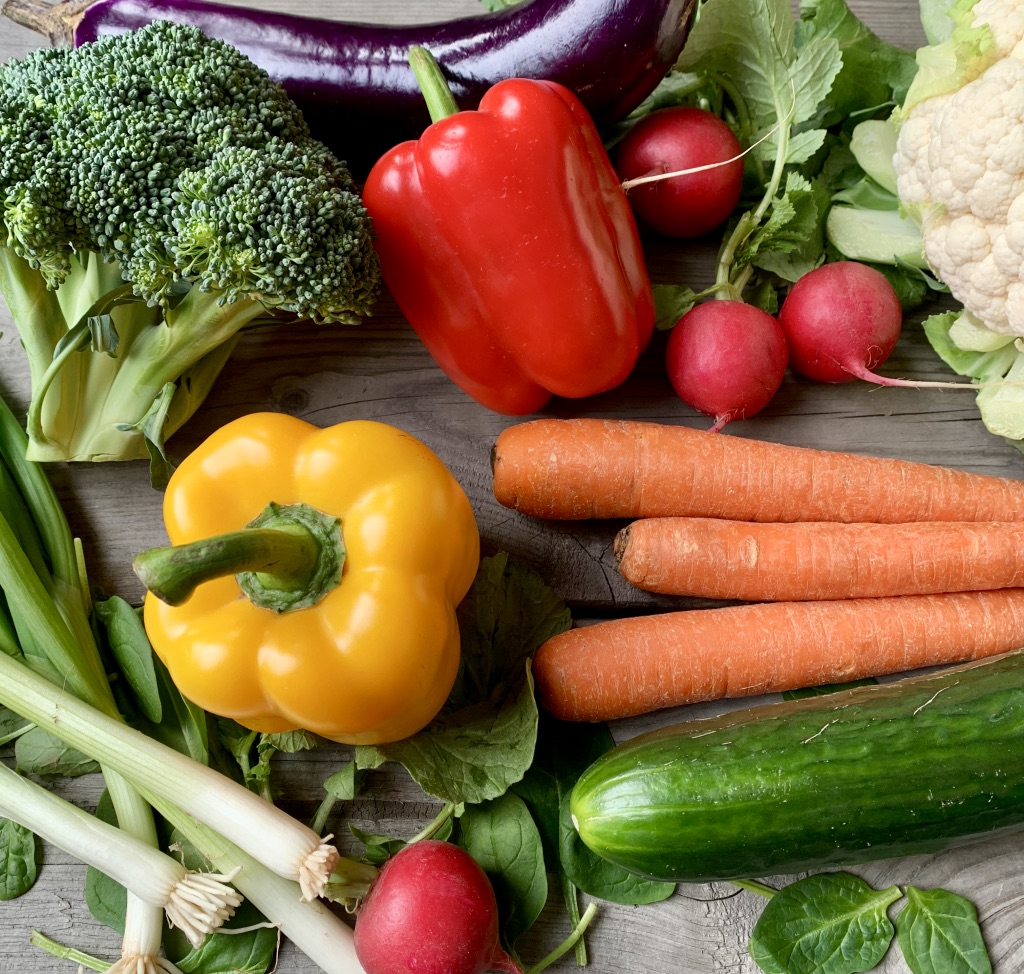“Man does not live by bread alone…” -Matthew 4:4

With Lent quickly approaching, the practice of fasting is an important topic to reflect on. Fasting is an age-old practice for many religions. In the Catholic faith, fasting, prayer and almsgiving are three forms of penance*. These are often referred to as “The 3 Pillars” which Catholics are encouraged to focus on during the season of Lent to help develop a deeper relationship with God.
Fasting for medical purposes has also been used for many centuries for various therapeutic reasons. Intermittent fasting has become a hot topic in the nutrition world gaining more attention in the 2000s. With this rise in popularity, it seems the lines have become blurred in terms of spiritual fasting and fasting for physical reasons. The science and research on intermittent fasting is still lacking especially over the long-term. It appears to have health benefits for some people but like all eating patterns, it’s not the answer for everyone and does come with potential risks. The problem is that even if someone chooses to fast for physical reasons, the importance and benefits of spiritual fasting should not be forgotten.
Fasting is a powerful gift that when used with purity of intention can bring us closer to God. Discerning our underlying motives for fasting is important. Using fasting to try to change poor habits or behaviours is not wrong. But if we are using fasting to try to lose weight, get “fit”, or change our appearance, etc. then discerning our intention is beneficial as likely our intentions are more about ourselves and less about God.
“But when you fast, anoint your head and wash your face, that your fasting may not be seen by others but by your Father who is in secret. And your Father who sees in secret will reward you.” -Matthew 6: 16-18
Spiritual Reasons for Fasting:
There are many different reasons for fasting. First, fasting is one of the precepts* of the church. The Catechism of the Catholic Church states: “The fifth precept (You shall observe the prescribed days of fasting and abstinence.) ensures the times of ascesis and penance which prepare us for the liturgical feasts; they help us acquire mastery over our instincts and freedom of heart.” (CCC 2043)
Rev. Daniel Merz wrote on reasons for fasting in a reflection for Lent. He noted many reasons from a Christian perspective. “Christian tradition can name at least seven reasons for fasting:
- From the beginning, God commanded some fasting, and sin entered into the world because Adam and Eve broke the fast.
- For the Christian, fasting is ultimately about fasting from sin.
- Fasting reveals our dependence on God and not the resources of this world.
- Fasting is an ancient way of preparing for the Eucharist—the truest of foods.
- Fasting is preparation for baptism (and all the sacraments)—for the reception of grace.
- Fasting is a means of saving resources to give to the poor.
- Fasting is a means of self-discipline, chastity, and the restraining of the appetites.”
(Excerpt from “A Reflection on Lenten Fasting” USCCB website)
Father Mike Schmitz also discusses why Christians should fast in his video “4 reasons for fasting”:
- Self-mastery – freedom to say no to ourselves (our sense of pleasure), sacrificing not for ourselves but for others
- Obedience and discernment – follow the precepts of the church and opens us up to listen to God’s guidance
- Worship – by sacrificing a sense of pleasure for love of God
- To be a Co-redeemer with Jesus. Unite our suffering with Jesus for the redemption of the world.
(YouTube Ascension Presents: “4 reasons for fasting” Feb 17, 2016)
Last but not least, there are many reasons for fasting found in the Bible. In the gospel of Mark, Jesus tells us that fasting is an important weapon to fight evil. Jesus’ disciples ask him why they were unable to cast out an evil spirit and he said to them: “This kind cannot be driven out by anything but prayer and fasting.” -Mark 9:29
The Canadian Conference of Catholic Bishops decrees that the days of fasting1 and abstinence2 in Canada are: (Note: Eastern rites of the church have different rules for fasting.)
- Ash Wednesday and Good Friday.
- Fridays are days of abstinence, but Catholics can substitute special acts of charity or piety on this day. (See “Keeping Friday” article)
1 Fasting: this refers to the quantity of food taken, thus also refraining from eating between meals.
2 Abstinence: this refers to abstaining from meat.
Who is bound to observe these laws?
- The law of abstinence binds all Catholics, beginning on the day after their 14th birthday.
- The law of fasting binds all adults (beginning on their 18th birthday) until the midnight which completes their 59th birthday.
Who else is Exempt?
- Those with physical illness ie. diabetes and mental illness ie. eating disorders.
- Pregnant or nursing women
- “In all cases common sense should prevail and ill persons should not further jeopardize their health by fasting.”
What is forbidden and allowed to be eaten?
- The law of abstinence forbids the use of meat. This does not apply to dairy products, eggs, or condiments and shortening made from animal fat.
- The law of fasting allows only one full meal a day and two smaller meals (snacks). The two smaller meals should not equal the quantity of the main meal (which in the United States is customarily observed as the evening dinner).
- When fasting, eating between meals is not permitted, but liquids are allowed, including milk and fruit juices.
- On fast days, fish and all cold-blooded animals may be eaten (e.g., frogs, clams, turtles, etc.).
What can we do instead if we are exempt from fasting?
In these circumstances there are many other things to fast from other than food. Ideas: ie. social media, shopping, snooze button, TV, etc. If you are having difficulty deciding, consider asking yourself: What do I often turn to in place of God?
Can we overdo fasting?
Yes. Even Jesus insists that fasting is inappropriate in times of joy. Matthew 9:14-15 Then the disciples of John came to him saying, “Why do we and the Pharisees fast, but your disciples do not fast?” And Jesus said to them, “Can the wedding guests mourn as long as the bridegroom is with them? The days will come, when the bridegroom is taken away from them, and then they will fast.” Remember that both feasting and fasting can be forms of worship to our God.
Summary:
As Catholics we have laws for the minimum fasting and abstinence days. However, we have the option to include more if it will help us to deepen our relationship with God. Spiritual fasting does not only change our hearts but we can unite our suffering with Jesus Christ on the cross for the salvation of the world.
Reflection Questions:
- Is fasting from food appropriate with my current physical and mental health? (Unsure? – ask your doctor, psychologist and spiritual guide)
- If fasting from food is not appropriate, what else can I fast from that will draw me closer to God?
- Why do I fast? What are my motives or intentions?
- Is there a specific intention I would like to offer my fast for?
- When fasting, what thoughts, emotions, or behaviours arise? (ie. Am I fasting with a joyful spirit or do I get moody?) What can I learn from these moments? What is God trying to teach me?
- If fasting from food, are there ways to improve our fasting practice? Examples to reflect on: Eating simpler meals? Eating foods that aren’t your preference to prevent food waste? Not complaining about food or being picky about what is made?
- Am I including extra prayer during fasting? Is it allowing me to open myself more to God? Do I hunger or long for time with God?
- Is fasting allowing me to open myself more to my neighbour? ie. Are there ways I can use the extra time and money saved while fasting to benefit my neighbour?
“Is not this the fast that I choose: to loose the bonds of wickedness, to undo the thongs of the yoke, to let the oppressed go free, and to break every yoke? Is it not to share your bread with the hungry, and bring the homeless poor into your house; when you see the naked, to cover him, and not to hide yourself from your own flesh?” -Isaiah 58:6-7
*Penance: “Doing penance is not a form of self punishment, or an unhealthy desire to inflict pain on ourselves. Rather, we do penance in order to discipline ourselves (1 Corinthians 9:24-27) and to live in union with Jesus who suffered to save the world. We offer our penitential actions in obedience to the gospel commands, so that our Lord may purify our love for him and make us stronger in the service of God and the people of God. We freely offer our penances to help make up for sin in our own lives and in the lives of others.”(From the Canadian Conference of Catholic Bishops, “Keeping Friday”)
*Precepts: (CCC 2041) “The precepts of the Church are set in the context of a moral life bound to and nourished by liturgical life. The obligatory character of these positive laws decreed by the pastoral authorities is meant to guarantee to the faithful the indispensable minimum in the spirit of prayer and moral effort, in the growth in love of God and neighbour”






